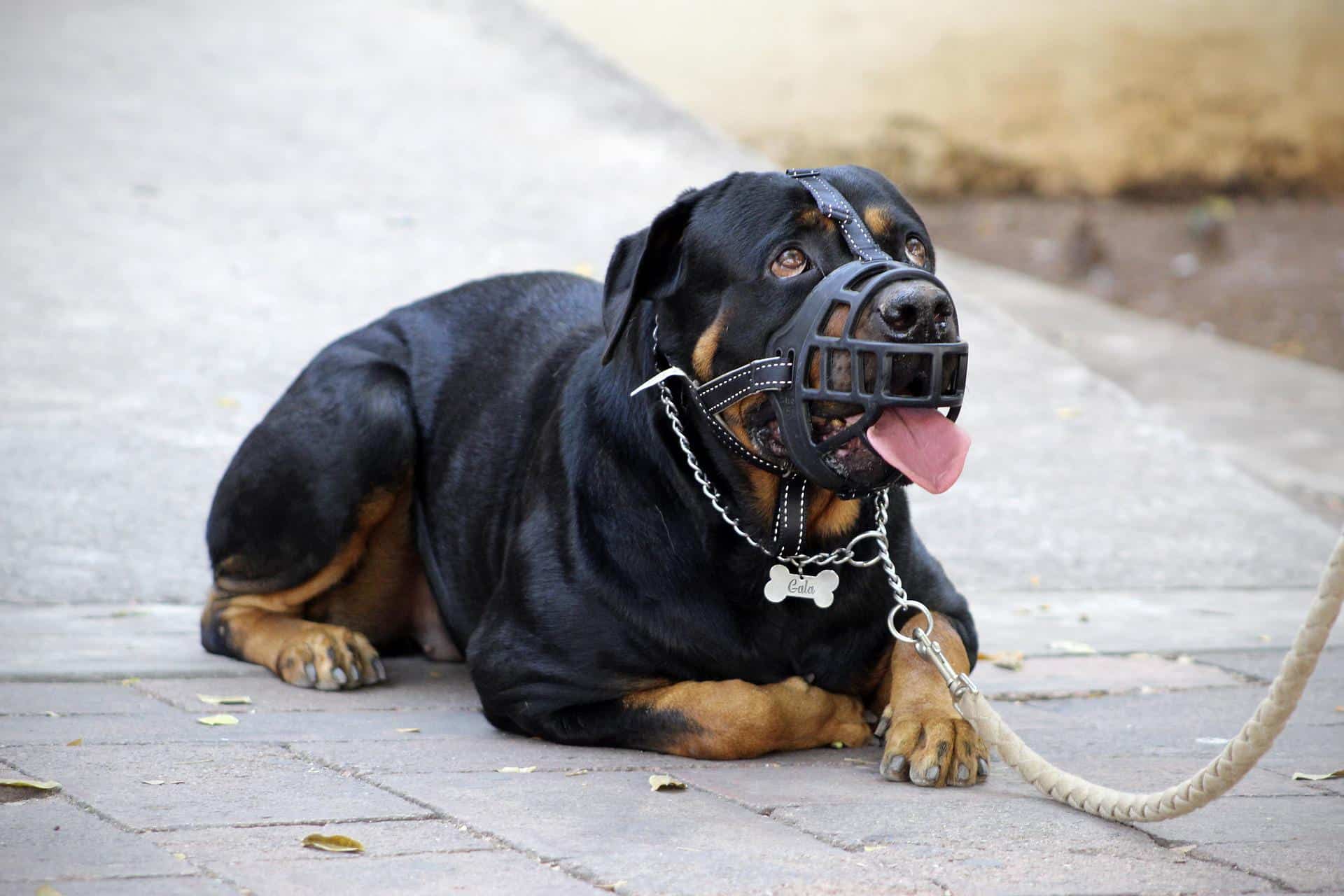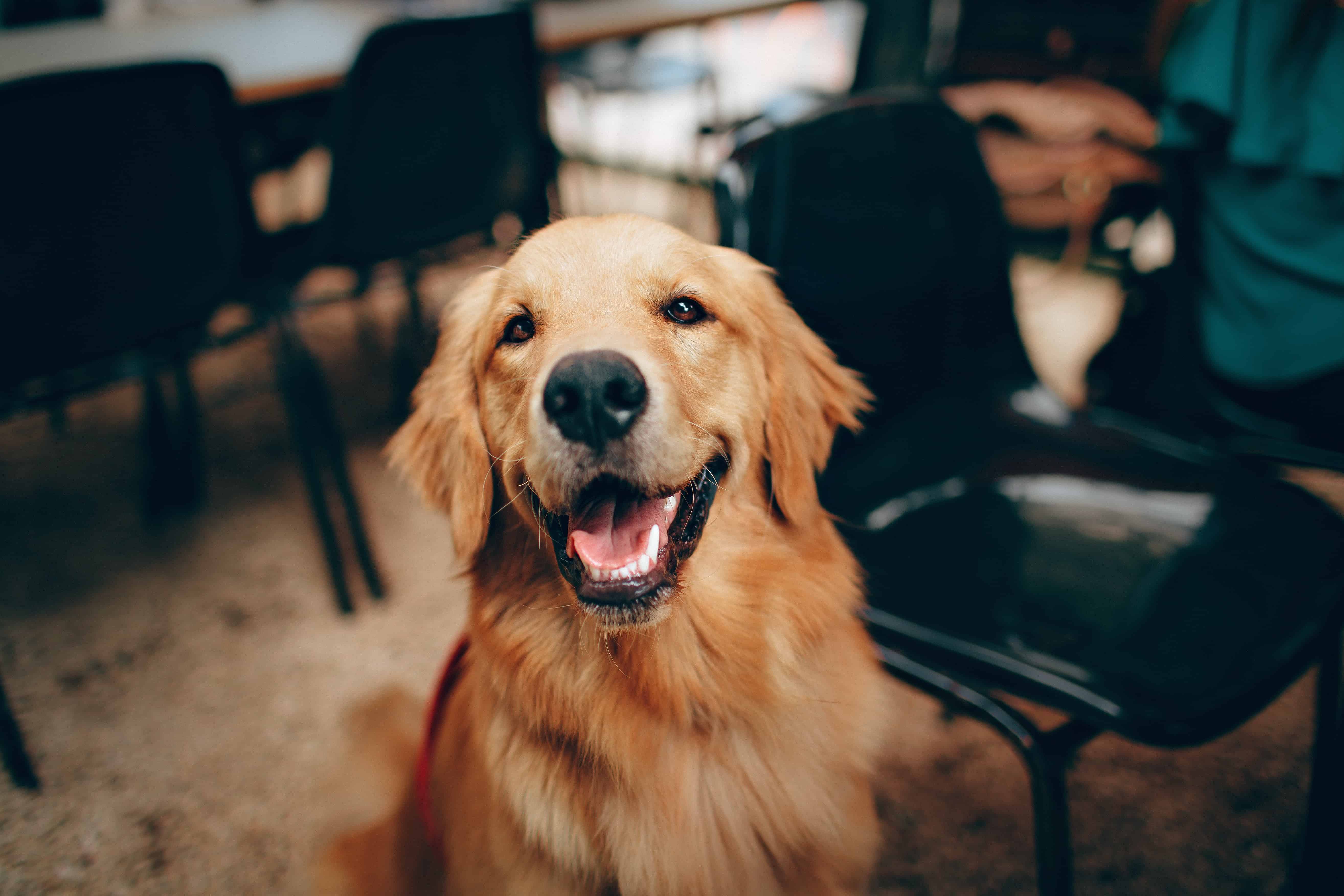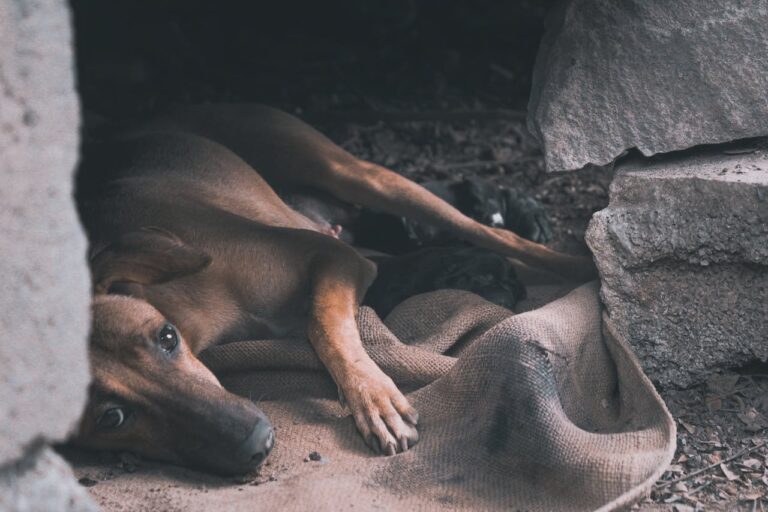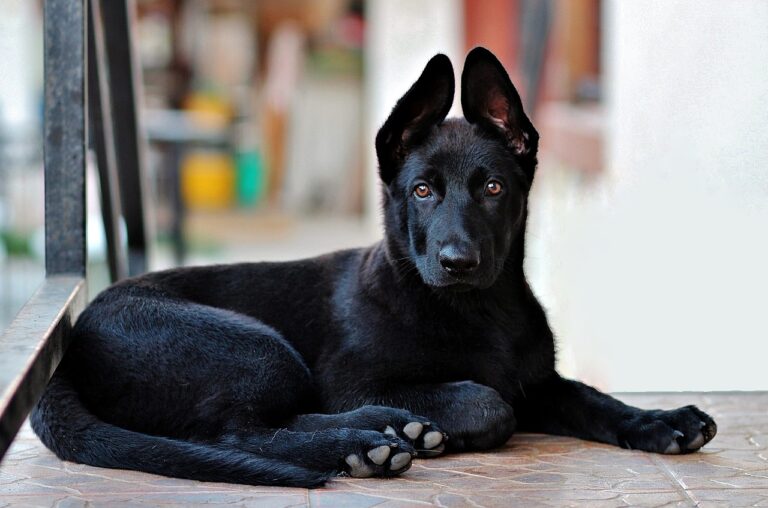
Can Muzzles Prevent Dog Attacks? ( On other dogs and humans )
Well, it’s often challenging to live with more than one dog. Nothing is more dreadful than watching your dog get molded by another dog. It is even more nerve-racking when your fluffy feller does the mailing.
If you have a dog that constantly loves to get in conflicts and has continued instigating assaults on people and other dogs, you are probably wondering whether a muzzle would be the best approach.
No, studies have shown that dogs on Muzzles tend to have a more heightened level of anxiety and aggression, which could lead to your dog acting even more irrational. This is because putting your dog on a Mouth Guard limits the heights to which it can express itself, making it more self-conscious. And though you may have taken away your dog’s most deadly weapon, you unlock his senses to develop new ones. The best way to correct your dog’s problem is by tackling the root cause of your dog’s bad behavior.
Since muzzling your dog is not the best approach to stopping attacks, what can a muzzle be used for? How can you get your dogs comfortable in a muzzle? What could be causing your dog to attack humans and other dogs? And how could you correct the behavior? We will find answers to these questions in this blog post. First, what is a muzzle used for?
Table Of Content
What is a muzzle used for?

A muzzle is a covering for an animal’s mouth to stop it from biting or fatal injury from an attack. It can use this equipment for different types of animals and predatory animals. The muzzle has been seen on aggressive dogs being walked on the street.
It is an extra precaution in case things get out of hand. The definition of muzzle shows that it is used to prevent the dog from biting when it does attack.
So this in itself does not stop the attack but controls the damage of the attack. You may find it wise to have a muzzle handy if you have an aggressive dog.
It is also pivotal to note that you should never use a muzzle on a dog, except if it is vital. On occasions where there is a risk of being attacked by your dog, or there is a risk of your dog biting someone else, you could use a muzzle.
If you have questions regarding when to use a muzzle, click here. Now that you have decided to use you may encounter some challenges with your dog.
First-time users of this equipment may find it challenging to get their dogs comfortable in a muzzle. Stay with us as we give you valuable tips that could help.
3 Helpful Tips for Getting Your Dog Comfortable In A Muzzle.
1. Get the Perfect Muzzle
There are different types of muzzles designed for different types of dogs. Muzzles also come in different sizes. So it is crucial to get the correct muzzle for your dog.
Choosing the wrong muzzle could contribute to the anxiety and other adverse reactions your dog may initially experience.
To decide what type of muzzle would be best for your dog, it would be best if you had a chat with your vet. He would have the best advice perfect for you and your dog.
2. Draft Out a Plan
If you are to succeed in anything, it would always be good to plan. As a dog owner, you want your dog to have a good first interaction with the muzzle.
You do not want your dog to quickly identify the muzzle with bad situations. So you could plan to introduce the muzzle to your dog when engaging in fun activities. This may be difficult to remember if it is your first time.
So it’s always good to have a written schedule of your dog’s activities throughout the day. If you don’t, it would be best to get a little handbook where you could slot that in. if you already have one, add a muzzle visualization exercise.
When your dog sees the muzzle with you every time you take him on a walk, pet and play with him, chances are, he would get interested and move to investigate.
3. Introduce Your Dog to The Muzzle
Once your dog gets interested in the muzzle and is relaxed enough to investigate what it is, let him. As your dog sniffs the muzzle, please give him a nice treat and pet him. Then allow him to sniff further.
You would need to treat him every time he sniffs the muzzle. Chances are your dog would be getting excited as he begins associating interaction with the muzzle with a tasty treat. At this point, gently fix the muzzle on your dog’s snout.
If your dog stays still, wear it, count five seconds, and then remove and treat it. Do this a couple of times, gradually increasing the time the muzzle stays on.
Remember, your goal is to get your dog comfortable with it, so in time increment, use your discretion. So far, we have learned that muzzles can not prevent a dog the attack. We have also known that to stop dog attacks; we would need to tackle the route cause of the attack.
The question yet to be tackled is what could be causing your dog’s aggression? Here are some reasons.
3 Reasons Your Dog is Aggressive to Humans.
A LACK OF SOCIALIZATION.

One of the common reasons why dogs are aggressive to dogs and humans is because of poor socialization.
Think back. Did you create opportunities to socialize your puppy with other dogs? Did you take your dog on a play date or to the park?
These activities may seem meaningless, but they are pivotal to your puppy’s development.
This is why giving your dog as much socialization as possible is always advisable. You could also couple it with a bit of obedience training and exercise. Doing this would significantly impact your dog’s overall behavior positively.
SOCIAL ANXIETY.
Like humans, some dog breeds have a hereditary fear of social interactions. Other dogs are super sensitive to noise.
Symptoms of this could include your dog hiding at the sound of loud noise or showing excess aggression when put in a social situation it is uncomfortable with.
Suppose the dog is calm and collected in its natural habitat but immediately shifts to a frenzy when thrown into an unfamiliar environment or by a strange sound. In that case, your dog could be socially anxious.
If you have a puppy with this issue, it would be best to address the problem as soon as possible.
FEAR.
Another principal reason for dog aggression and attack is fear. Whether it’s fear of being in a particular situation or a strange person or a dog standing on your front porch, your dog’s fear could be a mechanism in the breed to help it be better at the job it was bred for or maybe because of a bad experience.
If you have guard dog breeds like German Shephards, you are most likely to bark and run at strangers, even attacking them. If you have this breed with excess aggression, it would be best to address the issue.
Correct Your Dogs Instinct to Attack! (Through Good Socialization)

If your canine already has a history of attacks and bites, you will need to address this as quickly as possible.
If you have a puppy with this behavioral issue, it would be best to start conditioning your dog. Take time each day to socialize your puppy.
Allow your puppy to interact with other dogs in a controlled setting. For better control of your puppy, it would be best to play, interact and train it. Starting this exercise and to adulthood would correct the behavior.
If you have a much older dog a year or older, it may be harder to correct this behavior. Getting an experienced dog trainer or behaviorist expert would be best if that is your situation. They will be in the very best position to help you.



